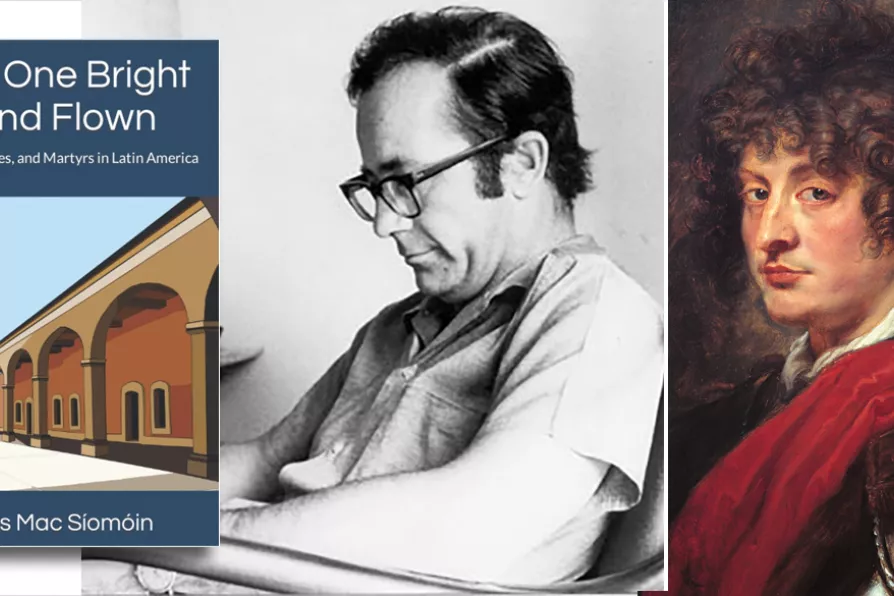JOHN GREEN is intrigued by the ethereal, ghostly quality of images of a London unobscured by the bustle of humanity

 REVOLUTION ON THEIR MIND: (L to R) Rodolfo Walsh and Peter Paul Rubens: Portrait of a Young Man in Armour, 1620 - reputedly William Lamport, aka Guillen Lombardo, aka ‘Zorro’
[(L to R) Marco Rodriguez Garrido /creative Commons and Wikipedia]
REVOLUTION ON THEIR MIND: (L to R) Rodolfo Walsh and Peter Paul Rubens: Portrait of a Young Man in Armour, 1620 - reputedly William Lamport, aka Guillen Lombardo, aka ‘Zorro’
[(L to R) Marco Rodriguez Garrido /creative Commons and Wikipedia]
From One Bright Island Flown
Irish Rebels, Exiles and Martyrs in Latin America
by Tomas Mac Siomoin
Nuascealta, £7.30
THE defeat of the Gaelic Irish, supported by Spanish forces, at the battle of Kinsale in 1601, was the final blow in the English conquest of Ireland and a watershed in Irish history.
Following this, a great number of the aristocratic and military leaders of Gaelic Ireland fled the country to escape criminalisation by the colonising English.
This brought with it the rapid decline of the Gaelic society and culture, eventually leading to the near destruction of the Irish language.

To defend Puerto Rico’s right to peace is to defend Venezuela’s right to exist, argues MICHELLE ELLNER

JIM JUMP looks forward to the International Brigade Memorial Trust AGM taking place in Belfast later this week where the spirit of solidarity will be rekindled

On the centenary of the birth of the anti-colonial thinker and activist Frantz Fanon, JENNY FARRELL assesses his enduring influence











